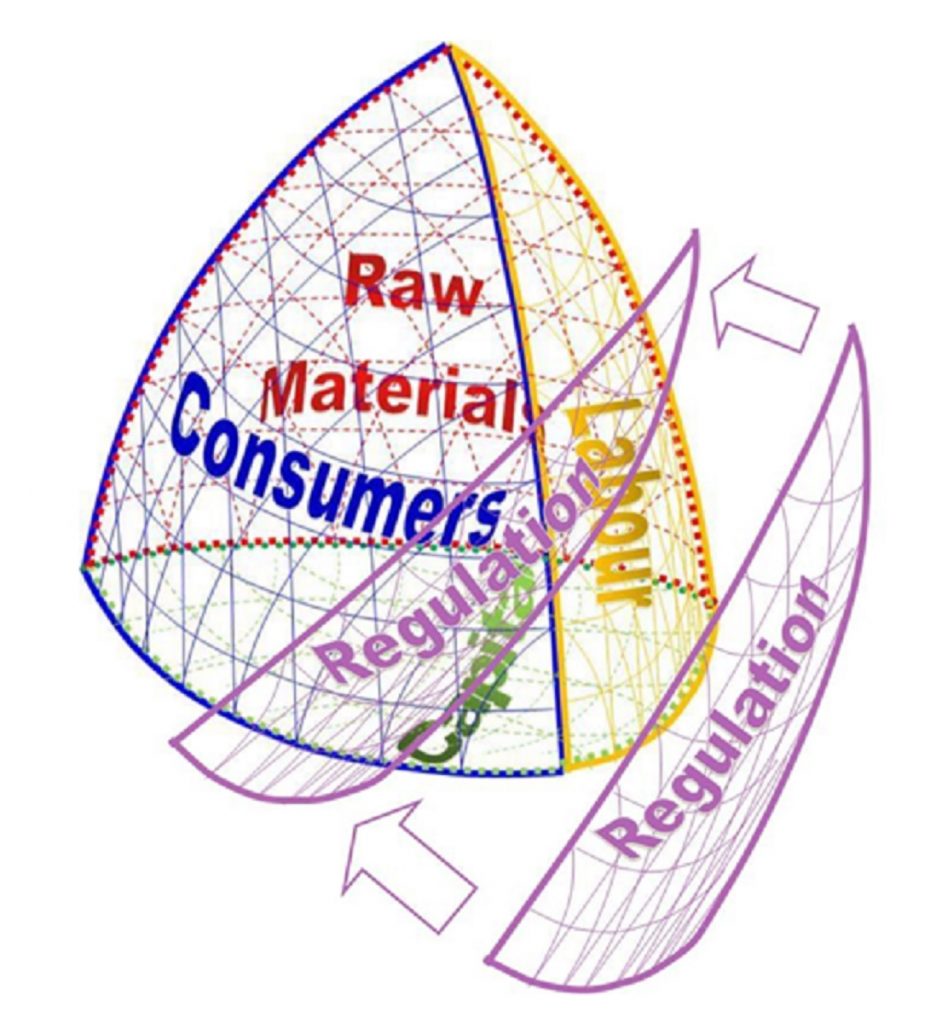This, the fourth session of the British Academy Future of the Corporation – Purpose Summit opened with the Colin Mayer as session chair arguing that shareholders should be responsible for insisting that the business in which they own shares following their corporate purpose.
It may not have been his role as chair of the morning session to set out the logic behind the assertion, but it was disappointing that he did go on to frame this not so much as a responsibility of the shareholder as being something that is in their interest. After all, it is in the interest of the shareholder who has invested in a particular business proposition (with the prospect of financial returns that relate to the industry sector, corporate capability, strategy and market position) that the business “sticks to its knitting” and pursues its purpose to the best of its ability. After all, we are taught at business school that the shareholder can diversify their risk by investing in a variety of business and can buy instruments and investment that offer different patterns of return. The purpose of the company is something that attracts the shareholder to invest, and both the company and the shareholder have an interest in the company following its purpose. This proposition is the outcome of Escondido Framework thinking and its model of the firm.
Douglas Lamont, CEO of Innocent Drinks gave us a inspiring account of the Innocent Drinks story including a description of its purpose, vision and values – the why, what and how. He explained how Coca Cola, when it invested in the company in 2009 approached its investment with the intent that the purpose of Innocent should be protected. The relationship should be “connected not integrated” so Innocent could benefit from the positive things that Coca Cola could provide but not be swamped and turned into a fizzy drinks brand. As a consequence, Lamont feels that he has a “strong, trusting relationship with our shareholder” and sees the model of his company’s relationship to Coca Cola being a challenge to big corporates to emulate with their acquisitions and subsidiaries.
Lamont also spoke about the being a “B Corp”, the movement of companies trying to shift the reputation of business from greed to good.
Hiro Mizuro, CIO for the Japanese Government Pension Investment Fund spoke about the relationship between the “owner” of the asset in the shape ultimately of the pension beneficiary, the investor or investment fund and the portfolio company. He posed the question that I see as the beneficiary of some pension funds that are not yet paying out and some that now are, and as the owner of insurance policies and Individual Savings Account investments in tracker funds. To what degree do I take responsibility and, indeed, in relation to the argument from Colin Mayer at the start of the session, can I take responsibility for the purpose. On the other hand, thinking back to my time as chair of the Finance Committee at Versus Arthritis, it was just this approach from the team at Baillie Gifford that attracted me to advising the charity to invest in its Global Stewardship Fund, which proved the best decision I took in my eight years as a trustee of the charity.
The penultimate presentation of this session was Phil Thomson, president of global affairs at GSK. He spoke of joining Glaxo Wellcome, a pharmaceutical company with a strong sense of purpose 20 years ago, but also of an industry that lost its way in terms of its sense of purpose for time. He spoke of how the world had “dodged the bullet” of a pandemic several times in that time but the sense of purpose for the life sciences companies has been restored and reinforced by the current crisis and has helped stabilise and increase the resilience of the business. He argued that embedding purpose takes time and requires consistency but, along with clear values (Transparency, Respect, Integrity and Patient Focus) provides a simplicity that can be understood among the 125,000 employees of the organisation across the globe. Later, in answer to questions, he talked about how the values and the shared understanding of the purpose gave staff a sense of ownership in terms of their responsibility for what the company does and how it does it.
The final speaker was Deb Oxley, chief executive of the Employee Ownership Association. It is her role to promote employee ownership, extolling its virtues, overclaiming for what it can deliver, and blinding her to the competing challenges of other stakeholders to ownership rights and to diversity of types of engagement of people in a workforce – from the casual part-timer, to the person with transportable skills through to “lifers” who have made huge commitments to the organisation and few choices to move elsewhere. The shortcomings in her presentation only highlight the strengths of the alternative way of understanding ownership that underpins the Escondido Framework.
